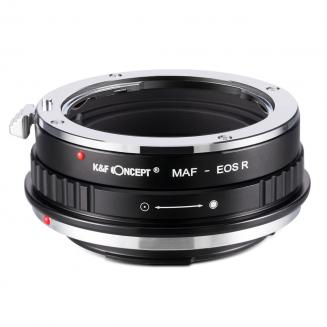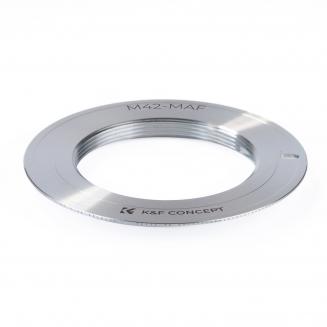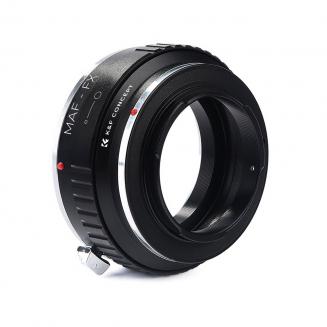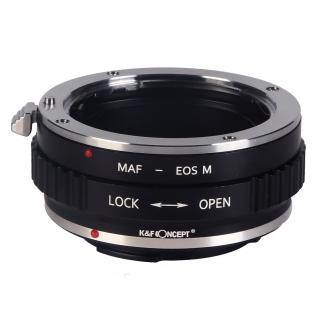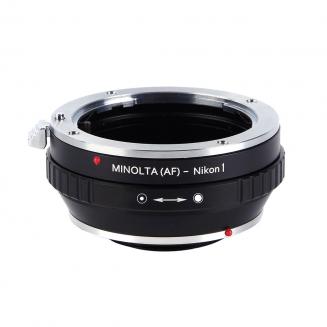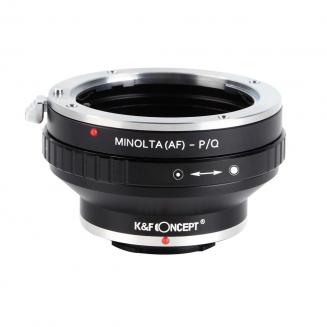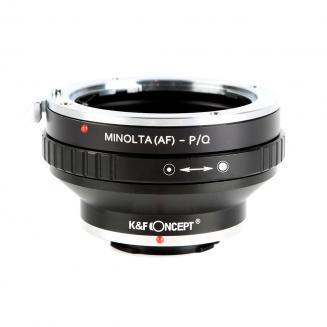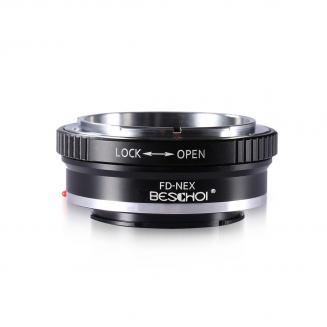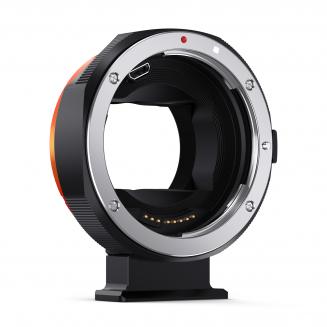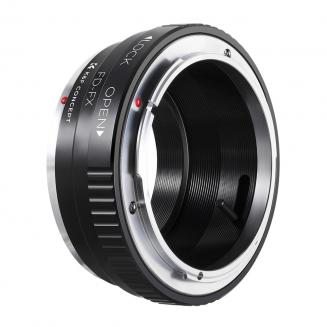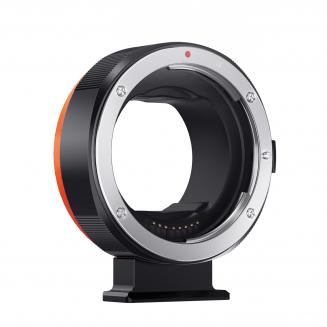Excellent image quality
A few years ago, Peng-Toh and I were talking about mirrorless cameras. At that time, I'd spent some time with the EPL-1. The EPL-1 did a good job of pretending to be a good camera: shutter speeds were fast, and previewed images looked sharp and beautiful. But once you imported the images into Lightroom, the results were ugly: you quickly discovered that most of the time, the focus was off, and while the images were sometimes usable, they were never ones you were proud to share. Even photos from point and shoots such as the S90 were better. The consensus between Peng-Toh and I was that Canon would enter the mirrorless market, and do it right.Canon did enter the mirrorless market a few years ago, in the form of the EOS M, but it did everything wrong. Apparently, auto-focus was awful, so much so that I didn't even consider the camera. Peng-Toh did buy one, but he was disappointed. The one thing that Canon did right, apparently, was that the image quality was superb, but that was apparently insufficient to overcome all the other flaws.Canon had an EOS M3 sale during the holidays (and it's still running today). At $430, it's not cheap (though in the same ballpark as say, the Sony A6000), but online reviews indicated that Canon had solved the autofocus issues with the camera. The photo community seems to think that Canon isn't serious about mirrorless, and to some extent they're right: there are only 4 dedicated EFM lenses, and the M3 doesn't sport any high end features such as in-body image-stabilization, and Canon doesn't have any full frame mirrorless cameras like Sony.Pit against that, however, is that for any long lens work, you might as well stick the full frame EF lenses on the camera. Sure, the lens is huge compared to the camera, and you could have shaved a couple of hundred grams off the lens if you weren't carrying so much glass, but when you have a long lens that weight difference is really lost in the noise. Furthermore, those full frame mirrorless Sony cameras are very expensive, and when you come down to the same price level of the EOS M3, you get cameras like the Sony A6000. Even a cursory glance at the sample images comparing the EOS M3 to the A6000 using the kit lens easily reveals that the combination of a Canon lens and the EOS M3 utterly destroys the Sony equivalent as far as image quality. And if you're knowledgeable, you won't be shooting with the kit lens!With that in mind, I took the plunge and got the EOS M3 for my wife on her birthday. Along with the body, I purchased the EF-M 22/f2 and the EOS M mount adapter. We also bought and returned the EFM 18-55mm zoom. The zoom was surprisingly nice, but it had a strange color cast that I didn't find appealing.When building a new system, my philosophy is where possible build it around primes that provide roughly a doubling of focal length. So paired with the EFM-22, I got out my ancient EF 50mm/1.8. The two lenses yield a full-frame equivalent of a 35mm lens and an 80mm lens, which nicely covers the "normal" range, with the 80mm providing a great portrait lens. The 50mm together with the EF mount weigh just 80g more than the zoom, but provide a 1.8 maximum aperture which lets you isolate a subject in its surroundings. If Canon had made a wide angle prime EF-M lens, I would have bought it as well, since that's what's missing.When the camera arrived, I was impressed by how small it was, especially with the 22mm prime attached. It was tiny, just a bit bigger than the Sony RX100. But what blew me away was that my wife tried the camera, and then declared that she wasn't going to shoot with just her phone again. The biggest feature for her was the NFC wireless transmittal of photos from the camera to her smartphone. She'd always hated having to use lightroom to extract photos from a camera: by contrast, photos that go into her smartphone are immediately available for sharing and posting onto social networks. And the quality difference was obvious: this clearly is a DSLR in a point and shoot body.The nice thing about the EOS M3 if you're already a Canon user is that all your existing accessories work with it. My flashes and my collection of EF lenses were immediately compatible. When you put that together with high quality primes, it blew away anything produced by anyone who owns a crappy 18-200mm zoom instead of a decent lens. To put it all together, we went to a physical store and picked up a Think Tank Mirroless Mover 25i (after trying a bunch of other bags). It fit a flash, a mini tripod, the charger, and various other accouterments for serious shooting. In practice, Xiaoqin mostly carried it around with just the 22mm/f2 attached. With a 24MP image output, even severe cropping still grants usable photo quality.In practice, the camera produces superlative images. Low light performance is impressive:The biggest flaw in the camera is that shot-to-shot times are slow in one-shot mode, and the 50mm tends to hunt a bit. (An upgrade to the latest and greatest 50mm STM would probably solve this problem) But by far the biggest benefit is that the camera's much likely to be traveled with than my ancient EOS 5D2. That alone made my wife decide to keep the camera instead of sending it back to Amazon.Since I'm not the primary user of this camera, don't expect any long term reviews from me. But if you're a Canon user looking for a travel setup (especially if you're a landscape person who needs a camera for backcountry camping or cycling), I won't hesitate to recommend this to you. The image quality is superb, it's small and light (it's smaller than even the G series of point and shoots), and a landscape shooter won't have any issues whatsoever with the shot-to-shot times. Canon might not have "done it right" yet, but for someone who's got 2 kids and would like to travel with a serious camera that's nevertheless still light enough to bring on a trip, the M3 is an great alternative to the DSLR and produces far better photos than even the Sony RX100.Recommended.

